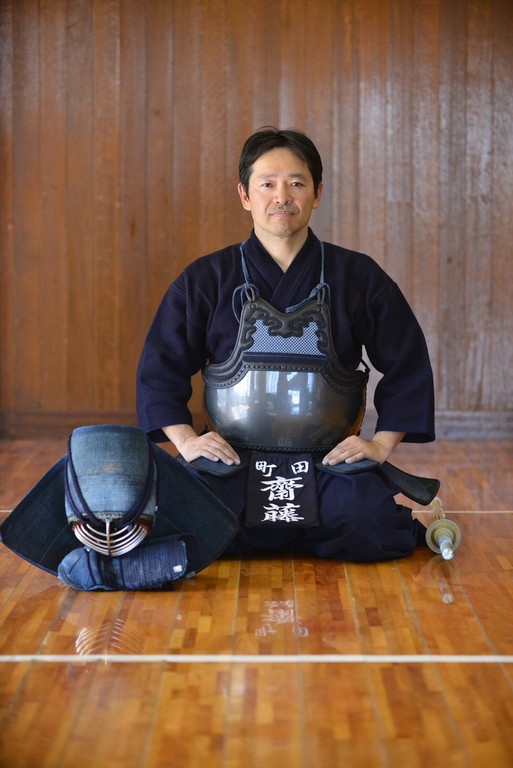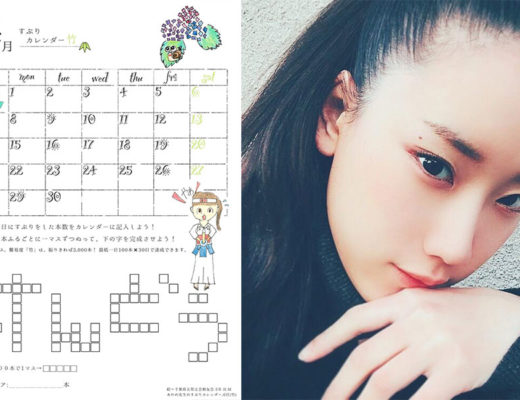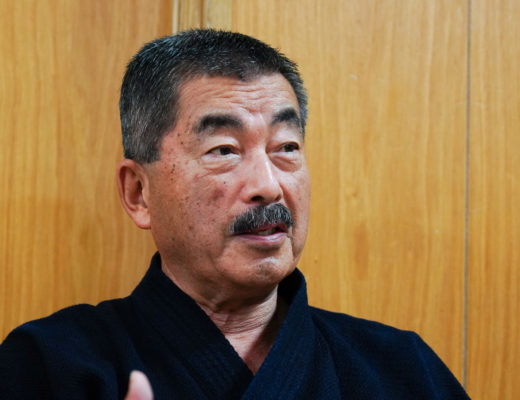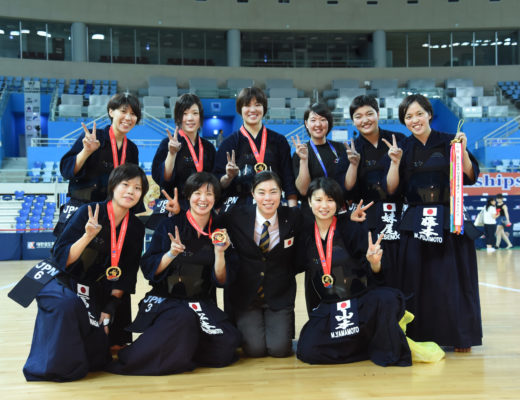2020.7 KENDOJIDAI
There are many different types of Kendo practitioners regardless of age, level or occupation: whether they train every day, are aiming for the All Japan Kendo Championships or the National Athletic Meet, whether they have been practising since childhood for their entire lives or have taken up Kendo as adults and are aiming for examinations.
However, we often hear that people cannot find the time or space to do Keiko at all, even if they want to. We worry that if we stop doing Keiko for a while, we will lose our interpersonal sense of Kendo and our physical strength will decline. In this article, we will talk about jogging and walking for people who can’t afford time for Keiko with Mr. Saito, the author of “Kendo Training for Busy Workers” (published by us in 2015).
Saito Makoto, 7th Dan

Born in Shizuoka Prefecture in 1970. From Haibara High School, he went on to study at the University of Tsukuba, where he completed his graduate studies. Served as physical training coach for the Japanese national team at the 12th and 13th World Kendo Championships. Served as a physical training coach for the All Japan Kendo Federation Special Strengthening Training camp (from the first term). He is a certified advanced training instructor by the Japan Association of Training Instructors (JATI-AATI). Currently a professor at Senshu University’s College of Business Administration and the head of its Kendo Club.
– I want to practice, but I can’t find the time and space to do it. What kind of change can take place in my body if I don’t practice for a while?
We all have the feeling that we fall out of shape when we cannot do Keiko. In Kendo, it is said that if you miss one day of practice, it takes several days to recover. It would be interesting to know exactly how much physical strength is lost if one misses Keiko. It’s hard to tell because everyone’s lifestyle outside of Keiko is different, but I’d like to share with you the following research report.
Young people in their 20’s and older people in their 60’s were asked to keep one leg secured at a 60-degree angle, and the study looked at changes in muscle strength after living on crutches for a week. The results showed that muscle strength decreased by 28% in young people and 23% in older people.
Even though they were unable to move their legs at all, it is still amazing to lose nearly one-third of their muscle strength. The study was followed by six weeks of bicycle training three to four times a week to restore muscle strength. When they checked their condition, they only recovered to about 90% of strength compared to the leg that wasn’t fixed (Andreas Vigelso, et al. J Rehabil Med 2015).
The study was conducted on fairly specific conditions, so it doesn’t necessarily match up with our lives, but it still shows that not moving around definitely reduces muscle strength.
Also, have you heard the term sarcopenia as a recent health-related keyword? Sarcopenia is a combination of the Greek words sarco for muscle and penia for loss. This is a term used to describe the loss of muscle mass due to ageing and disease, which leads to muscle weakness in the entire body, including the lower limbs and core.
Sarcopenia has several causes, but age-related sarcopenia and activity-related sarcopenia are two of the most common causes of sarcopenia, which are relevant to those who practice Kendo all their lives and in old age. In other words, muscle mass most commonly declines with age or occurs due to decreased activity, for example, when not doing Keiko.
This may sound a bit alarming, but in order to prevent the loss of strength and muscle mass from the inability to practice due to circumstances, we need to include muscle-building activities somewhere in our daily lives.
In other words, in order to maintain and improve physical fitness, we need to implement training in our daily lives. In my opinion, the easiest way to do so is walking and jogging.
The rest of this article is only available for Kendo Jidai International subscribers!





